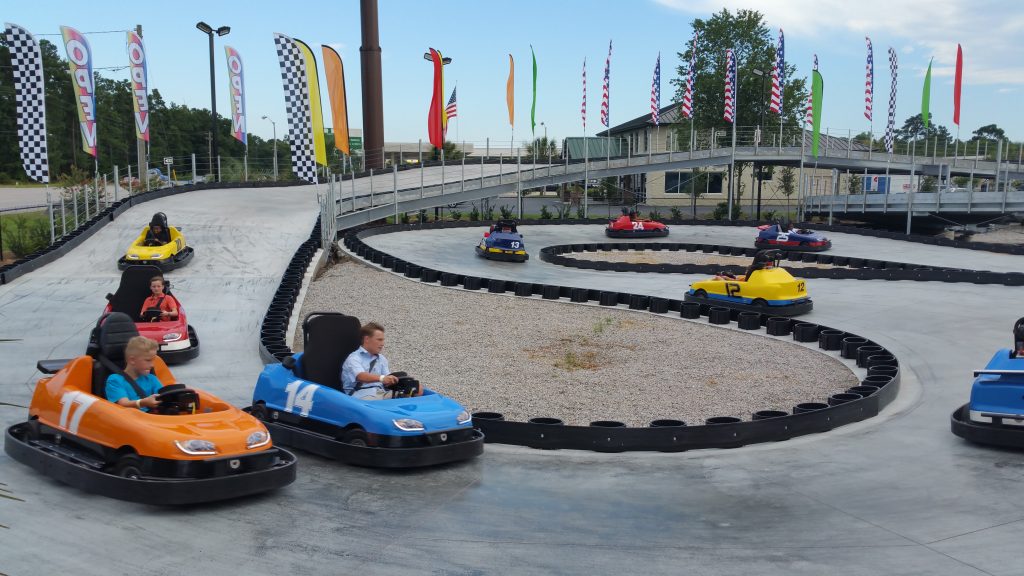Boom Times for Amusement Products
Go-Kart Manufacturer Works to Lift All FECs & Goes All-In With Electric
by Matt Harding
While there hasn’t been a “race” to the top of the electric go-kart mountain, Chattanooga, Tennessee’s Amusement Products has certainly gotten itself into the pole position, with a focus on efficient operations, attention to reliability and encouraging growth in the FEC business overall.
Interestingly, Amusement Products didn’t begin in the go-kart business at all. Back in 1960 and for its first decade of operations, the company’s focus was on mini-golf. It wasn’t until more than ten years later that they began adding go-kart tracks to their locations. By the mid-1970s, Amusement Products switched gears and became a go-kart manufacturer, which remains their focus today.
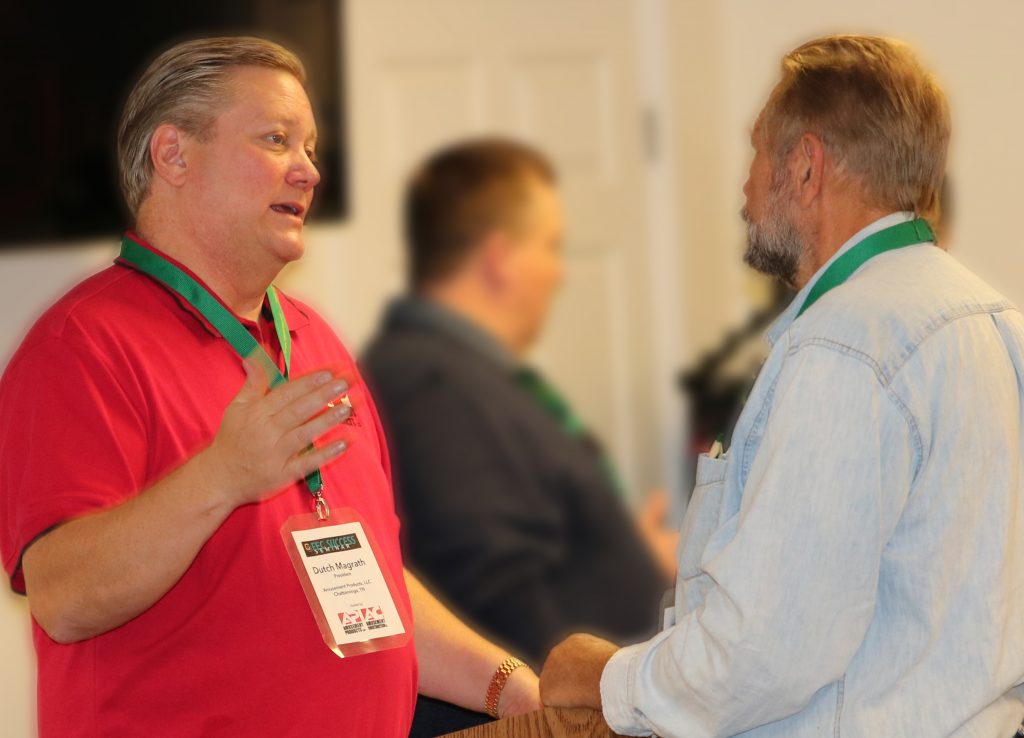
Well before making innovative electric go-karts, President Dutch Magrath III was just a kid growing up around his father’s business. The elder Magrath was a private plane pilot and used to fly his son from Florida to California as he visited the different locations they had. Young Dutch didn’t waste any time getting involved in the business, and found himself critiquing their mini-golf courses when he was just 7 years old.
“It definitely gave me a good background,” Magrath smiled. “I still have a passion for new ideas.”
It was those new ideas that enabled the company to ramp up go-kart production and innovate by finding ways to make the cars last longer.
“The reason we got into manufacturing was to support our own locations,” he explained. But it quickly became something to focus on — a way to make everyone’s FEC better –– and Amusement Products began to sell off its own locations to do just that.
“We grew pretty decently in the 1990s,” Magrath noted. “We expanded a bunch in terms of sales volume, but not necessarily product diversification in those days. The first 15-20 years or so were mostly about durability.”
Making those go-karts last longer resulted in lower maintenance costs and overall reduced labor, a big win for operators. And as the mid-2000s came along, “technology made it easier to give a better experience to the end user and make it more profitable,” he continued.
That’s when the company started transitioning to electric vehicles, which he asserts increases the thrill factor, as well as the control for the operators. Today, the company is almost entirely electric in its go-kart offerings with the king of the hill being its premier Thundervolt Electric Operating System.
These really aren’t your granddad’s go-karts! The new ones sound and look like racecars, and have a quicker takeoff than their 6-horsepower gas counterparts with more torque. Perhaps most important for the industry, with these newer karts, track operators have the ability to remotely slow down the speed for younger kids or inexperienced riders. Coupled with better track designs, this makes for a much safer ride.
In contrast to lesser control over gas go-kart operations, the ability to slow down individual electric karts allows the track operator to control rowdy and low-skilled racers. This makes for a safer, more enjoyable race experience. “And the labor savings is humungous,” he added since the electric karts are less expensive to operate and easier to maintain.
A comparison chart on the company website shows that its ThunderVolt system only takes one to two people to operate compared to three to four (or more) when running an old-school 6-HP gas go-kart. And then there’s three to six hours per week of maintenance on an electric car compared with 84 hours per week for its gas-powered counterpart.
More recent technology has also improved go-kart tracks, which Amusement Products designs (and constructs under its Amusement Construction division).
Continuing to chart a course of innovation, Magrath and company created the Zone System, which “addresses problem areas of the track, such as sharp turns, steep downhill grades and pit approach areas” and makes them safer for racers.
Magrath said the idea came about through a customer who had a multi-elevation track with a downhill run that was just too steep allowing gravity to accelerate the gas go karts to an unsafe speed. To compensate for this, the speed of the gas karts had to be set very slow going up the hill making the ride boring. Even then, kids couldn’t handle the tight turn at the bottom of the hill because of the speed. Now with the Zone System, the kart’s speed can be lowered or raised based on their position on the track automatically. Once through the problem area, the karts automatically re-accelerate to the race speed.
“Even in our case, it took a huge change of mindset,” Magrath said about these new controls.
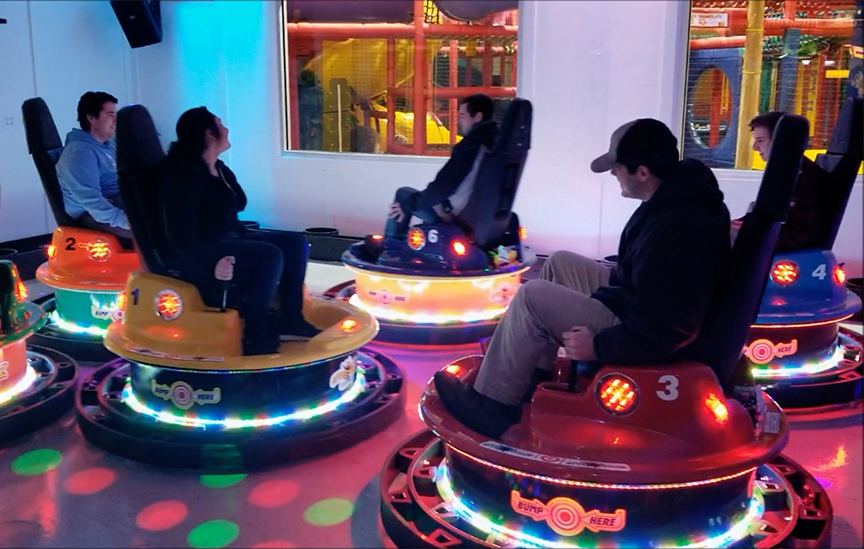
More than Karts
Over the years, the company has expanded beyond the go-kart to other fun center attractions with bumper cars leading the way. Magrath said they make sure those carrying the Amusement Products brand are some of the most unique on the market today.
They manufacture bumper cars that can operate on wood, concrete, asphalt or ice; tubeless bumper cars; vertical-flip bumper cars; and most recently, a 360-degree electric, laser-shooting vehicle.
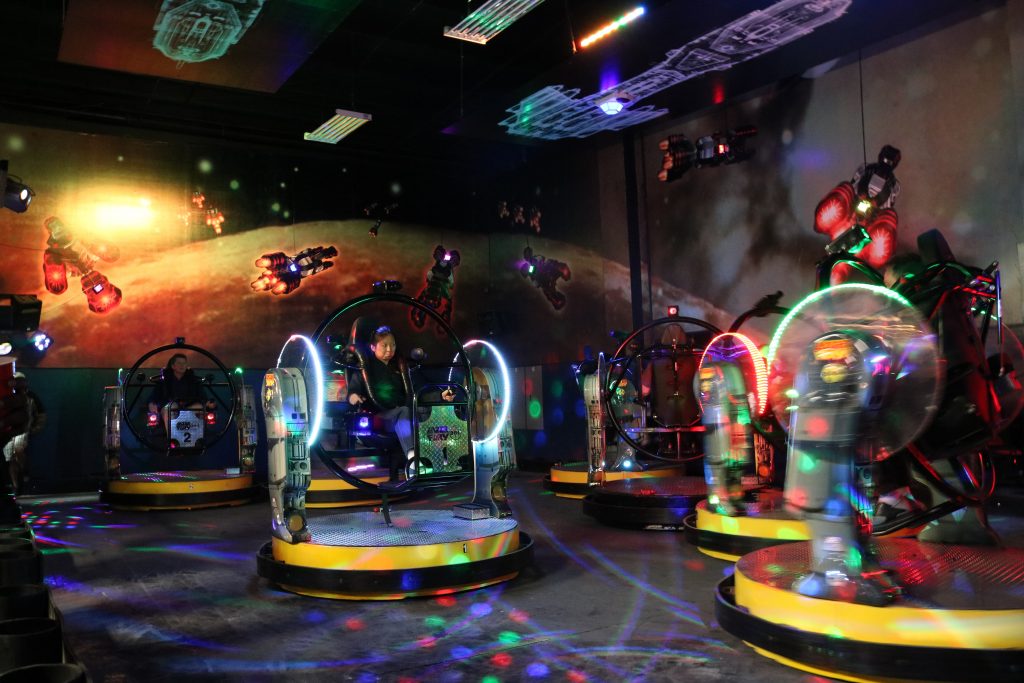
That would be the Lazer Fury 360, a game that uses a bumper car vehicle that rotates 360 degrees vertically and horizontally, shooting lasers at targets in the game’s arena. From its debut, the game and system was met with positive feedback, earning best new FEC attraction honors at the 2015 IAAPA show.
Magrath touts it as something that is a unique thrill ride like a roller coaster, while adding to the game side of it by featuring a laser component that has truly created something more. “It’s not a big seller for us yet,” he added, “but the ones that have it have done very well.”
Like traditional bumper cars, it has been universal in its appeal, Magrath said. “I’ve seen a 78-year-old ride our Lazer Fury and have a blast!”
Since the company also designs and builds bumper boats, mini-golf courses, batting cages and more, Amusement Products always has multiple projects going on at once with its roughly 60 employees (including those on the Amusement Construction side of the business).
Some of the bigger projects at the moment involve designing and building multi-elevation tracks up to 40 feet in the air, a skill set that’s not too common in the industry. They’ve got a lot of experience under their belts in this area having built their first multi-elevation track back in 2007.
With such big builds, it’s no surprise that most of their work goes into resorts in relatively large metro areas.
Boosting the FEC Business
Aside from growing a healthy product line and business, Amusement Products also looks to increase the strength of the FEC business as a whole, and has developed its own FEC Success Seminar to educate newbies (which make up about 80 percent of the attendees), as well as those currently in the business.
They started the seminar program about 20 years ago as a way to introduce operators to paintball, an attraction that was gaining popularity at the time. Since then, it’s grown into more of a school — not a sales opportunity, but an educational process, said Magrath. The goal is to make operators new and old more successful.

For each seminar, Magrath brings in 10-12 experts with the objective of giving attendees more information on new technology — updates “to get that competitive edge.”
He said the amusement business was often static in the past, with owners having a park and keeping it the same for 25 years before selling it or retiring. Now, they’re more proactive in changing attractions to keep up with the times.
Magrath has gone to IAAPA for more than 30 years, and he said that during every show, he watches customers pass by the booth without realizing how much things are changing. “I think it’s like every industry out there,” he said. “Some people are paying attention and some are not, but many are ready to grow to become more competitive. Those are the people we’re trying to reach.”
Overall, times are good these days, said Magrath: “The industry’s rebounded from the last recession, and FECs are coming in with larger and more dynamic offerings.”
Magrath said one of the best things today is that operators are building bigger than they ever have, plunking down big money (sometimes in the neighborhood of $8-10 million) to have new locations built. “Our industry is great today,” Magrath said. “Keeping up with demand is the biggest challenge.”
In the business of fun, that’s certainly not a bad challenge to have!
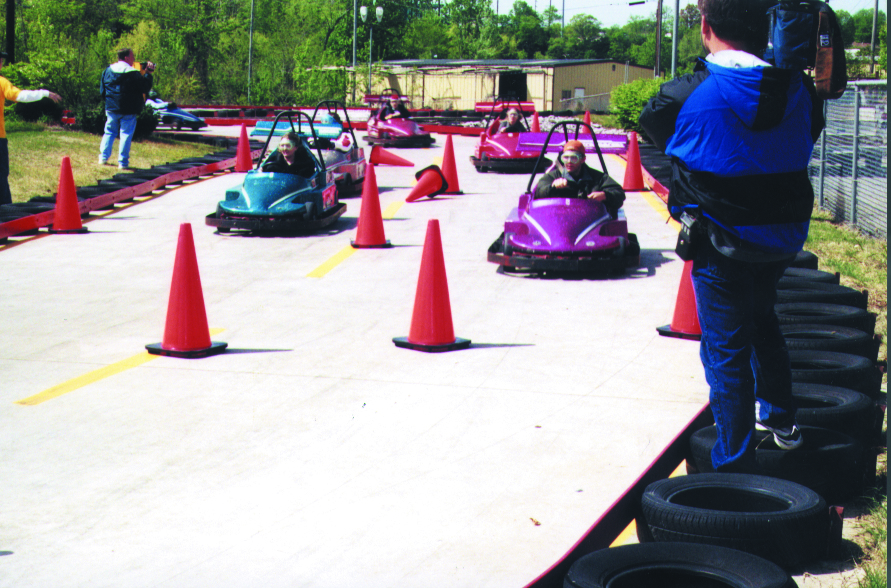
Teaching DUI Danger With Go-Karts
Started in the mid-1990s as a marketing program that informs on the dangers of drinking and driving, the DUI Experience from Amusement Products continues to change lives for the better.
“We started formulating ideas about how to show kids the impact of drunk driving,” Magrath said of the experience he developed with one of his customers. “Since its introduction, the program has had a great effect,” he said. And it’s a program that certainly hits home for Magrath, whose own mother was killed by a drunk driver when he was 18 years old.
How does it work? The DUI Experience puts teens on a go-kart track with barriers and goggles that simulate intoxication, allowing them to “experience in real time what’s it’s like if they were drunk behind the wheel.” (A “Ride Commander System” ensures there’s backup as the teens navigate the experience.) What’s interesting, Magrath said, is most kids think they can beat the system at first, but quickly realize they cannot.
The end result of the exercise is to imprint the dangers of drunk driving on the participants, having them come away understanding that cone they hit on the track might in real life be a mother pushing a stroller or a family in their minivan returning from vacation. Showing these implications has certainly changed more than one life, Magrath explained, adding that the experience has been extremely successful and that some school systems use it in their driver’s education programs.
Designed to be used at any go-kart track, the DUI Experience comes with an impressive list of endorsements, including MADD chapters, highway patrol and police departments, hospitals and insurance companies. For the track operator, it’s a community service that also generates additional revenue in addition to good will. The program includes written instructions, manuals and equipment to help go-kart operators put it work.
For more information, visit amusementproducts.com/dui-experience.

